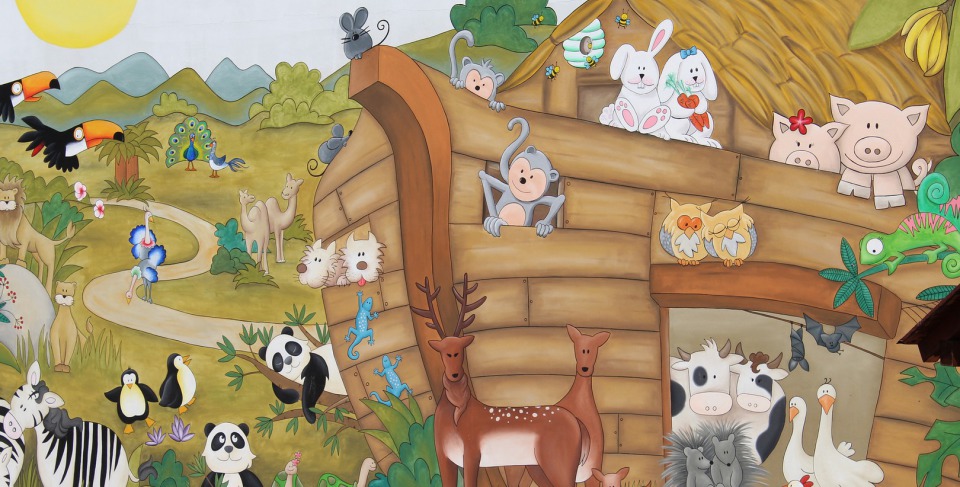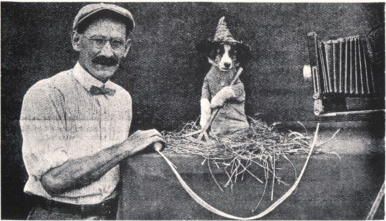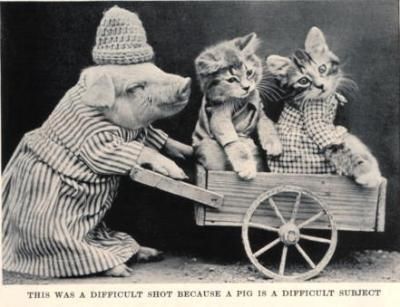
HARRY WHITTIER FREES (1879-1953)
In today's age of computer animation and special effects, the work of artists like Harry Whittier Frees is becoming a lost art. Those viewing his photography instantly think there is a trick to it. However, Mr. Frees worked in a time in history when tricks in photography didn't exist. The photographer simply had to wait patiently for the shot he wanted. In Mr. Frees' own words, "These unusual photographs of real animals were made possible only by patient, unfailing kindness on the part of the photographer at all times."
Harry Frees' animal photos were featured on post cards, calendars, books, advertising materials, and articles for "Woman's World" and "Child Life" magazines. In addition, he wrote the stories to accompany his pictures for the books and magazines. His photos continued to be used after his death in Rand McNally Elf Books in the 1950s and 1960s. More recently, his older books have been reproduced by Merrimack and Shackman publishers here in the United States. Version of his books appear in other countries like England and Bulgaria, however, these are most likely pirated versions.
"...the feature which sets [these] books apart from all others ... is the nature of the pictures, which represent an almost inconceivable amount of patience, care, and kind attention, as well as a very large number of spoiled films. Speed is essential in securing these pictures, but very often it is impossible to be quick enough. Young animals cannot hold a pose any better than human babies, and the situation is complicated when they are called on to be precocious in situations naturally foreign to them."
In the preface to Animal Land on the Air, Harry Whittier Frees describes working with his subjects. "Rabbits are the easiest to photograph in costume, but incapable ot taking many "human" parts. Puppies are tractable when rightly understood, but the kitten is the most versatile animal actor, and possesses the greatest variety of appeal. The pig is the most difficult to deal with, but effective on occasion. The best period of young animal models is a short one, being when they are from six to ten weeks of age. An interesting fact is that a kitten's attention is best held through the sense of sight, while that of a puppy is most influenced by sound, and equally readily distracted by it. The native reasoning powers of young animals are, moreover, quite as pronounced as those of the human species, and relatively far surer."
The March 1, 1937, edition of Life magazine reatured an article on Mr. Frees titled, "Speaking of Pictures...These are Harry Frees's Lifework". The article explains that Frees's career as a photographer of dressed animals began at a birthday party in 1906, when a paper party hat was passed around the dinner table and landed on the pet cat's head. Harry took a picture and a career was begun! He took others and sold them to a postcard printer, who clamored for more.
Frees' animal pictures became more elaborate. His exposures were taken at 1/5th of a second and two-thirds of the negatives had to be discarded. He rented his models from neighbors, breeders, and pet shops and said his work was so nerve-racking that he only photographed three months a year. The rest of the time was spent preparing new props, scenes, and situations.
If you have information you would like to share on Harry Whittier Frees, e-mail me at info@onemoreriver.org. And be sure to sign the guestbook!


